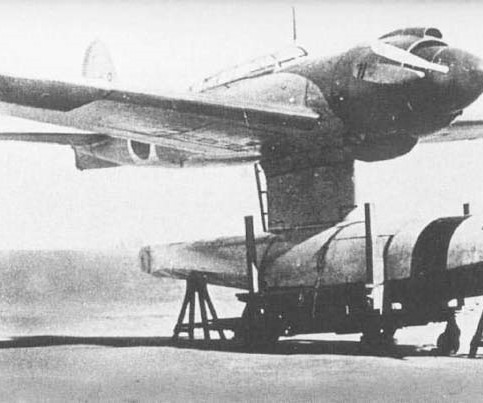Mastering Stalls: How to Recognize, Prevent, and Recover Safely
Flight Training Central
MARCH 3, 2025
Depending on design, airfoils used in general aviation, stall at angles of attack between 16 to 18 degrees. If simulating a maximum performance takeoff, the flaps should be extended if called for in the pilot’s operating handbook. To enter the power on stall, reduce power while maintaining altitude during the clearing turns.












Let's personalize your content